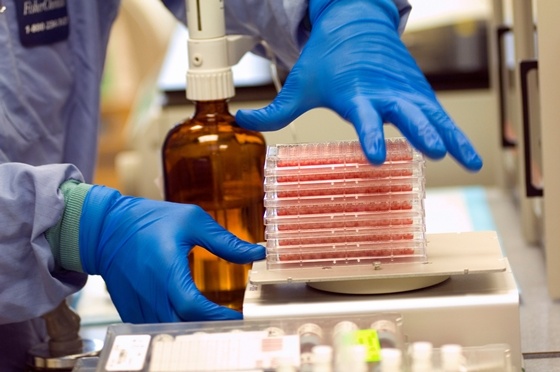
Researchers have been rapidly learning more about the therapeutic potential of stem cells in the past few decades. They have discovered that stem cells may be useful for treating a wide range of diseases including heart disease, blindness, Alzheimer’s disease, Parkinson’s disease and more.
A new study suggests that the therapeutic potential of stem cells could be increased by growing and expanding them in a laboratory setting before transplantation. The study also provides more insight into the cellular mechanisms that allow stem cells to grow and propagate.
By learning more about the cellular mechanisms of stem cells, researchers can more efficiently grow human mesenchymal stem cells (hMSCs) in a laboratory setting. They can also ensure the hMSCs have the components necessary for different kinds of therapeutic stem cell treatments.
The senior author of the paper, Dr. Teng Ma, explains the importance of the findings, saying: “We found that mitochondria communicate changes in cellular organisation to initiate a specific metabolic reconfiguration that supports primitive hMSC properties. These findings highlight the central role of mitochondria and metabolism in the maintenance of stem cell properties in hMSC culture.”
By understanding the biology of hMSCs, scientists can adapt them to future stem cell treatments. These findings will greatly increase the therapeutic potential of stem cells!
Source: Research points to ways to improve the therapeutic potential of stem cells
{{cta(‘010124f3-c9bc-4a23-b9fc-74953e6288c9’)}}


